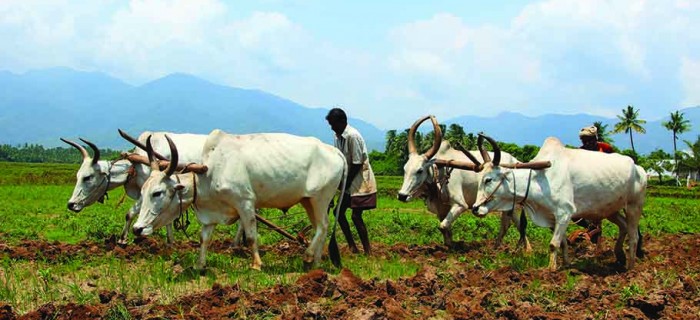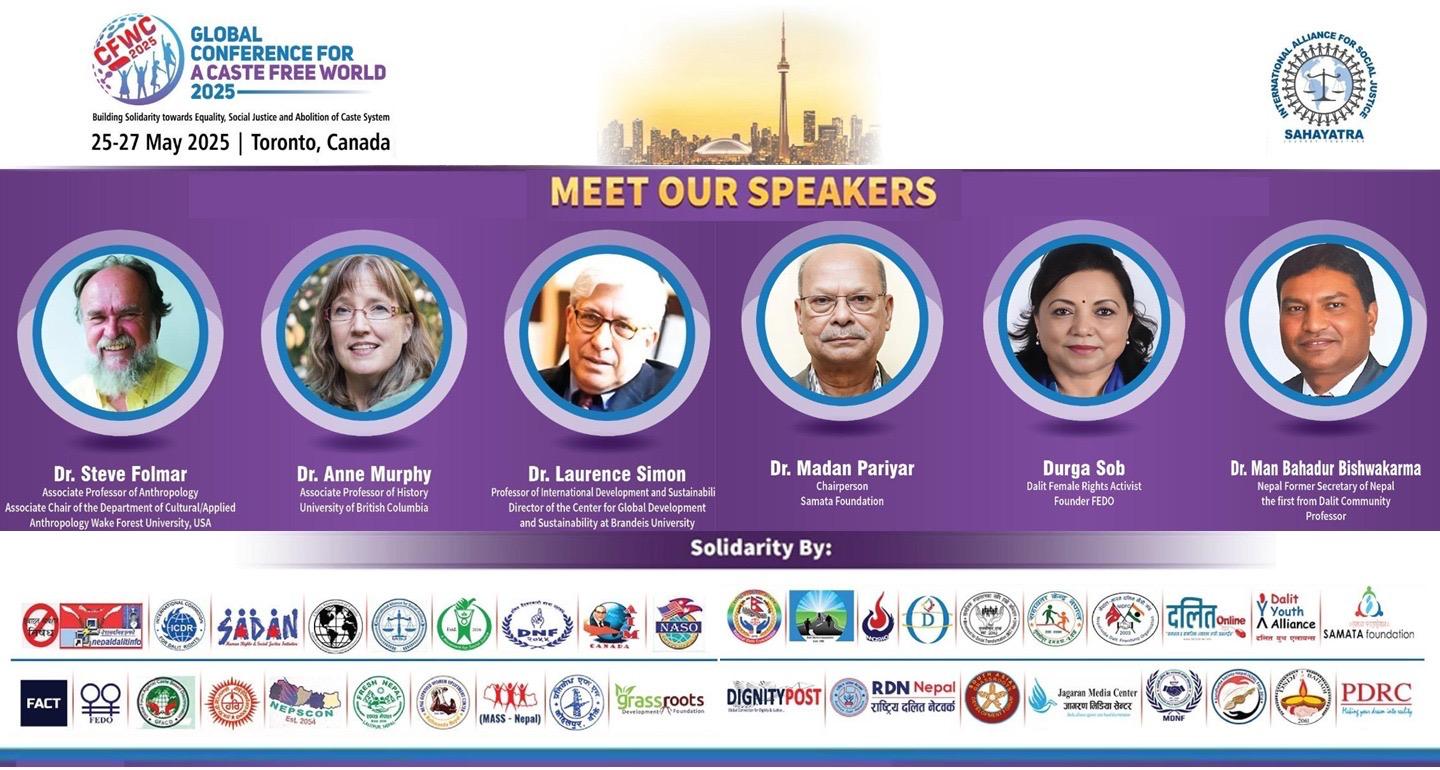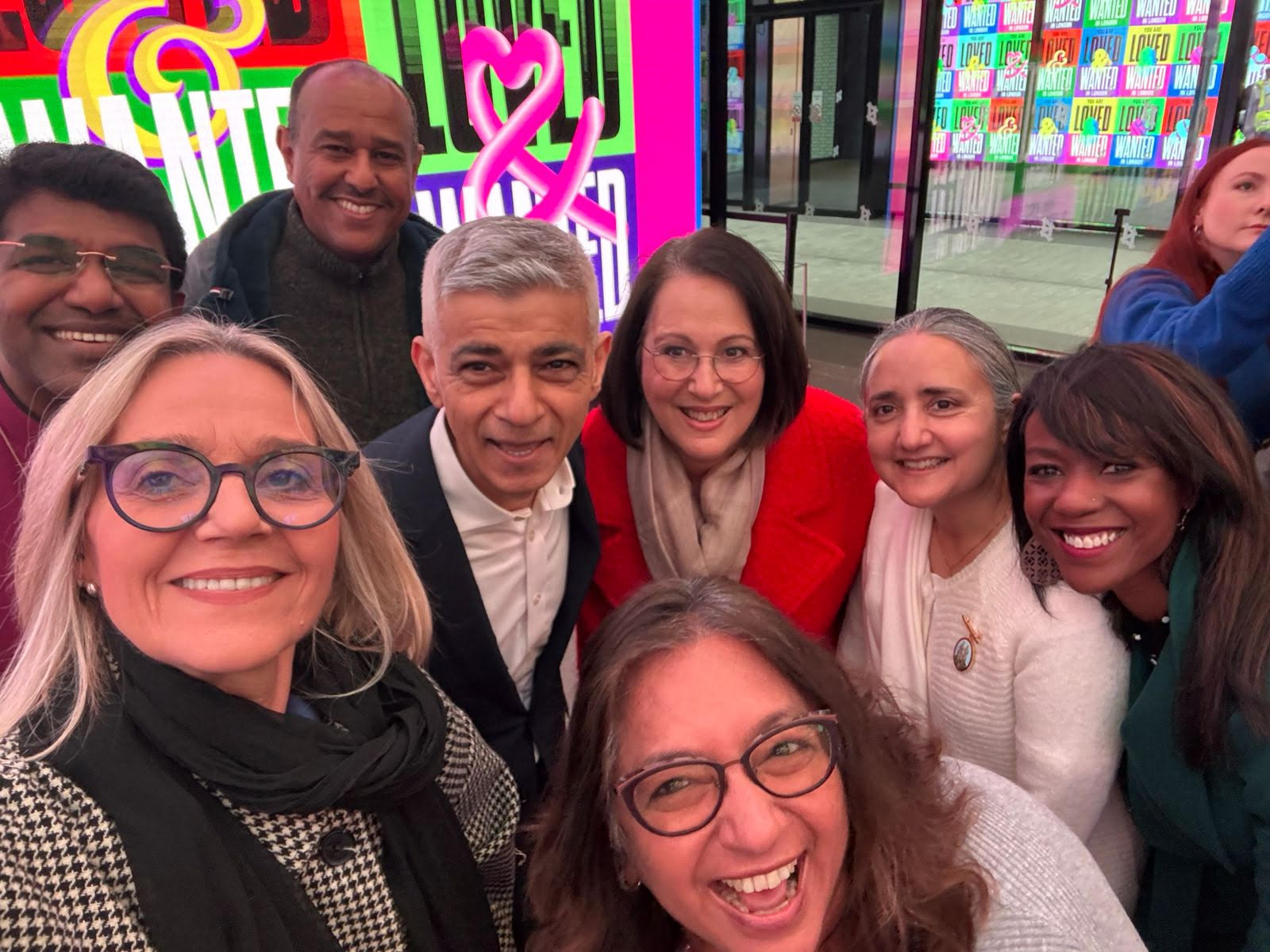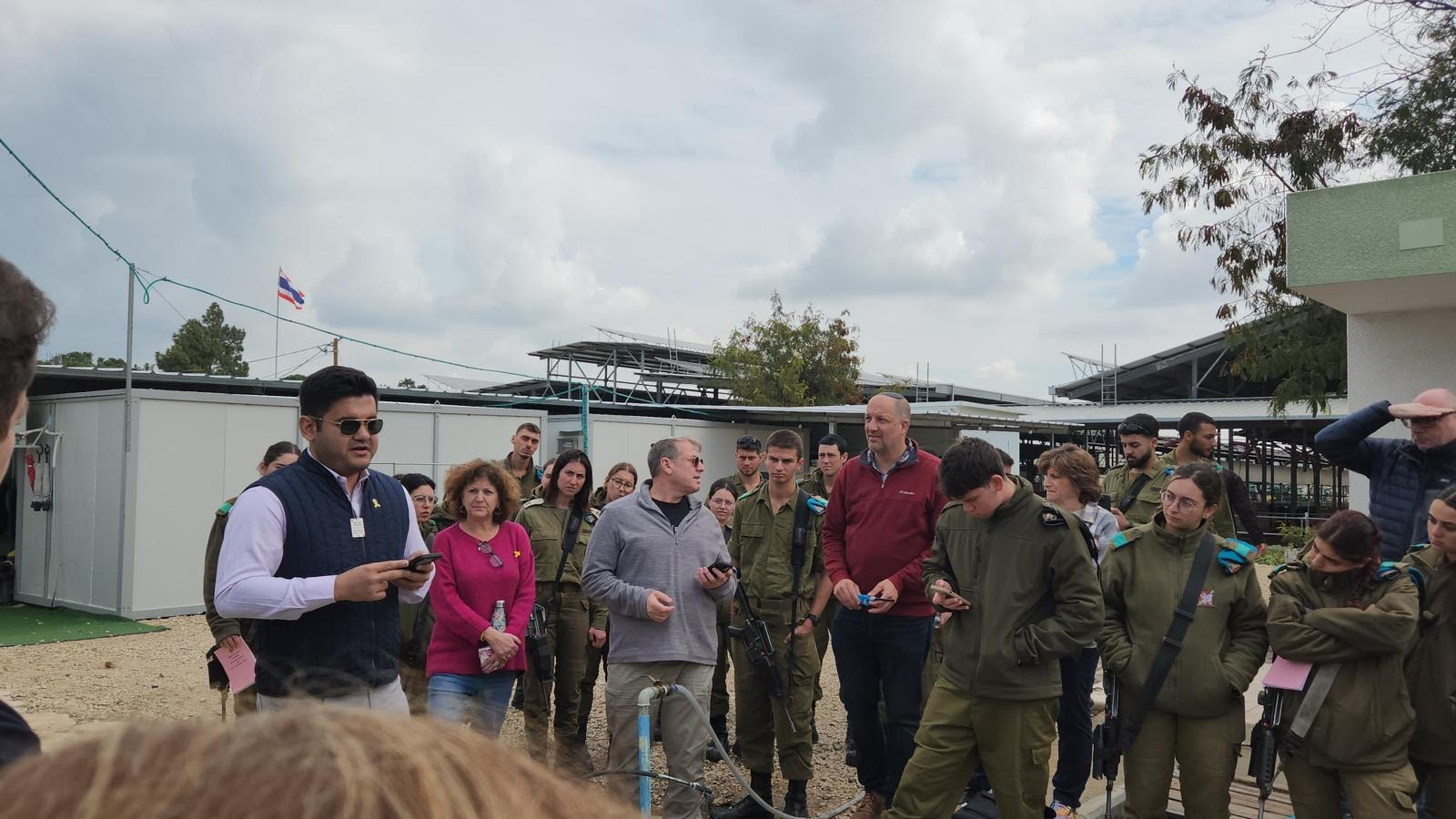Farming in South Asia was not brought by the West, but the locals who were foragers,it was adopted about 5000 yrs ago

Mumbai Mirror, Hyderabad: An international team of researchers including those from Hyderabad-based Centre for Cellular and Molecular Biology (CCMB) have discovered that farming activity in South Asia was not brought by the West, but the locals who were foragers, had adopted agriculture about 5000 years ago.
The interesting findings of the study are published in an internationally reputed science magazine Science and Cell.
The team comprising geneticists, archaeologists and anthropologists was drawn from North America, Europe, Central Asia, and South Asia. It analysed the genomes of 524 ancient individuals in the largest ever study of ancient human DNA, along with the first genome of an individual from the ancient Indus Valley Civilization.
The Iranian-related ancestry in South Asians comes from a lineage that separated from Iranian farmers and hunter-gatherers before they split from each other. Iranian-related ancestry is extremely common even in tribal groups in Southern India practicing hunting and gathering, not farming. This indicates that farming in South Asia was not due to the movement of people from the earlier farming cultures of the west. Instead, local foragers adopted it”, said CCMB principal scientist Dr Kumaraswamy Thangaraj, who was part of the study team.
The study revealed “unprecedented detail” of genetic ancestry of South and Central Asia, and Indus Valley Civilisation while answering long-standing questions about origins of farming, source of Indo-European languages in South and Central Asia and genetic affinities of the people of Indus Valley Civilisation.
Dr Thangaraj said they had compared the ancient genomes to one another and to previously sequenced genomes, and put the information into context alongside archaeological, linguistic and historical records.
“This has helped us fill in many of the key details about people, who lived in various parts of this vast region from the Mesolithic Era (about 12,000 years ago) to the Iron Age (till about 2,000 years ago). We could study how these ancient humans (whose skeletons were found) relate to people who live there today”, he said.
The separate studies revealed two of the most profound cultural transformations in ancient Eurasia including transition from hunting and gathering to farming and the spread of Indo-European languages, which are spoken today from the British Isles to South Asia, besides the movement of people.
South Asians have little, if any, ancestry from farmers with Anatolian roots. There was movement of people towards Europe in the west almost 5,000 years ago, and then spread back eastward into Central and South Asia in the subsequent 1,500 years.
The researchers screened more than 60 skeletal samples from the largest known town of the Indus Valley Civilization called Rakhigarhi in Haryana.
“We have shown that the Iranian-related ancestry in South Asians comes from a lineage that separated from Iranian farmers and hunter-gatherers before they split from each other,” Dr Thangaraj said.
( This article was originally published in Mumbai Mirror )
















Facebook Comments